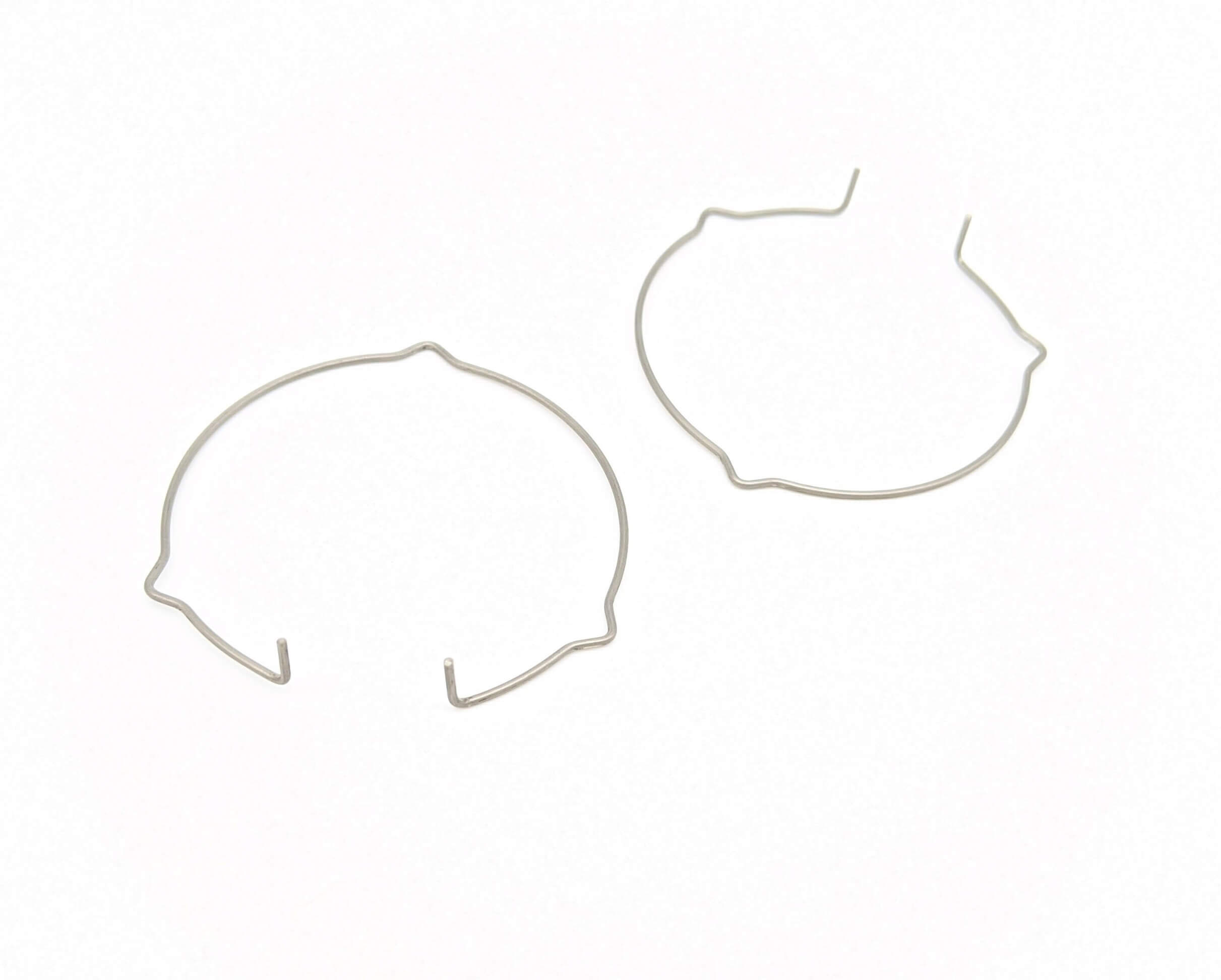Get unique, complex parts easily. No matter your requirements, Chaoyi Spring creates hard-to-produce coil springs and wire forms.
Let us help you create the custom wire form you need, from S-hooks and J-hooks to utility hooks and more.
We work closely with customers across a wide range of industries, helping them design and manufacture made-to-order parts.
Why choose Chaoyi Spring? We prioritize customer-focused collaboration, modern equipment and the latest technology to make your parts per print.
Find the information and guidance you need, from measuring a spring to learning about materials, placing an order and much more.
Tension springs, also known as extension springs, are essential components in various mechanical and industrial applications. They are designed to store and release energy, providing force when stretched or extended.


Tension springs, also known as extension springs, are essential components in various mechanical and industrial applications. They are designed to store and release energy, providing force when stretched or extended. Choosing the right tension spring for your application is crucial for optimal performance and longevity. This comprehensive guide will delve into the world of tension springs by size, helping you understand the key factors to consider when selecting the perfect spring for your needs.

Tension springs are characterized by their size, which is defined by the wire diameter, the mean coil diameter, and the free length. These parameters play a crucial role in determining the spring's strength, stiffness, and operating range.
The wire diameter refers to the thickness of the wire used to make the spring. A larger wire diameter results in a stronger and stiffer spring, capable of handling higher loads. Conversely, a smaller wire diameter will create a more flexible spring with a lower load capacity.
The mean coil diameter, as the name suggests, represents the average diameter of the coils in the spring. A larger mean coil diameter will result in a spring with a greater extension range and a lower stiffness. A smaller mean coil diameter will produce a spring with a shorter extension range and a higher stiffness.
The free length is the total length of the spring when it is not under any tension. This parameter is crucial for determining the spring's initial compressed length and the maximum extension it can achieve. Understanding these sizing parameters is the first step towards selecting the appropriate tension spring for your application.
When choosing tension springs, several key factors need to be taken into account. These factors will help you narrow down your options and ensure that you select a spring that meets your specific requirements.
Tension springs are found in a wide range of applications across various industries, including:
Understanding tension spring sizing and carefully considering the key factors involved is essential for choosing the right spring for your application. By considering load capacity, extension range, spring stiffness, material, and end hooks, you can select a spring that provides optimal performance and durability. This guide has provided a comprehensive overview of tension springs by size, empowering you to make informed decisions and ensure the success of your projects.
Remember, selecting the right tension spring is not just about finding the right size but also about ensuring the spring is suitable for the specific operating conditions and load requirements of your application. With careful consideration and an understanding of the key factors, you can choose a spring that delivers reliable performance and maximizes the efficiency of your mechanical system.
Browse some of the custom wire forms and springs that we manufacture. Don’t see what you need? We specialize in made-to-order products that meet your application requirements.
Visit Our GalleryNeed a custom wire form or coil spring? We make it work. Fill out the contact form and a representative will respond within 1 business day. If you have a PDF or CAD file, you can submit to request a quote.